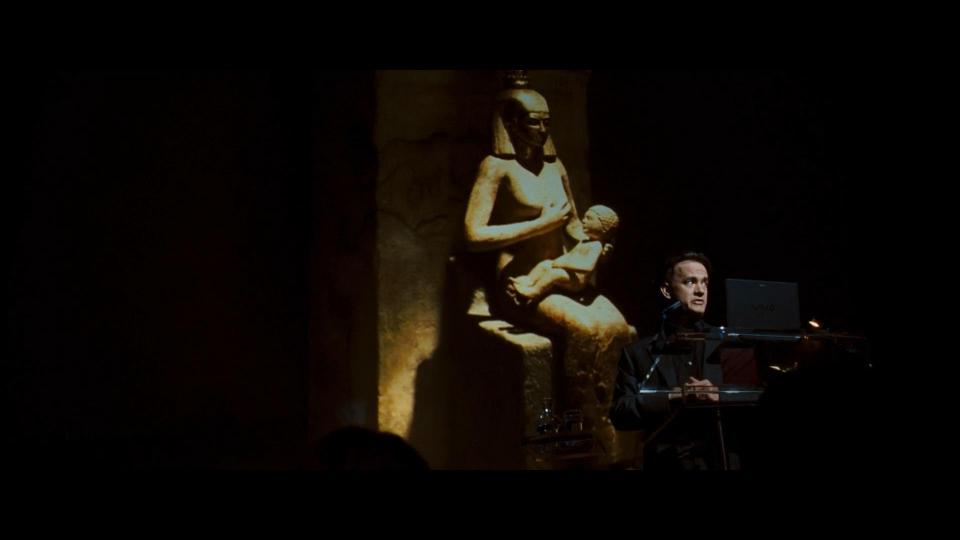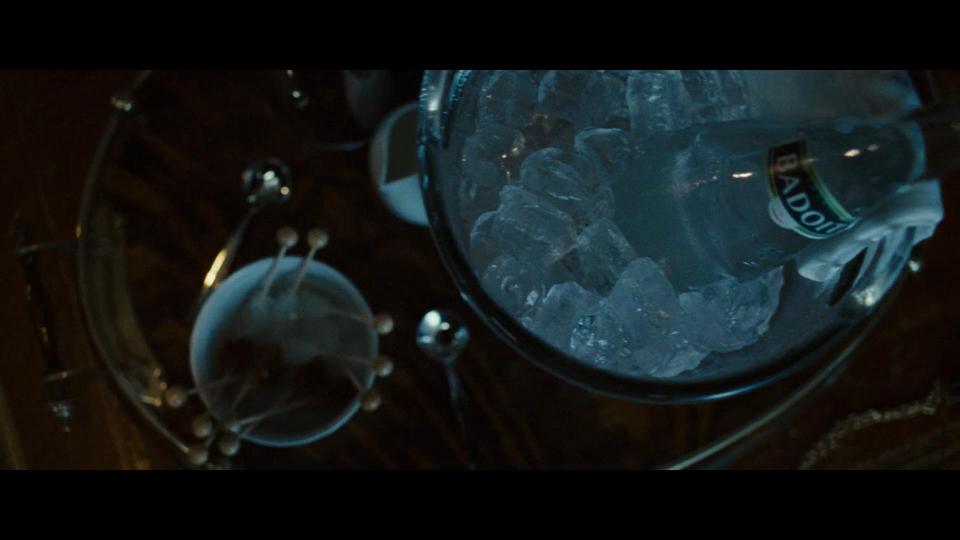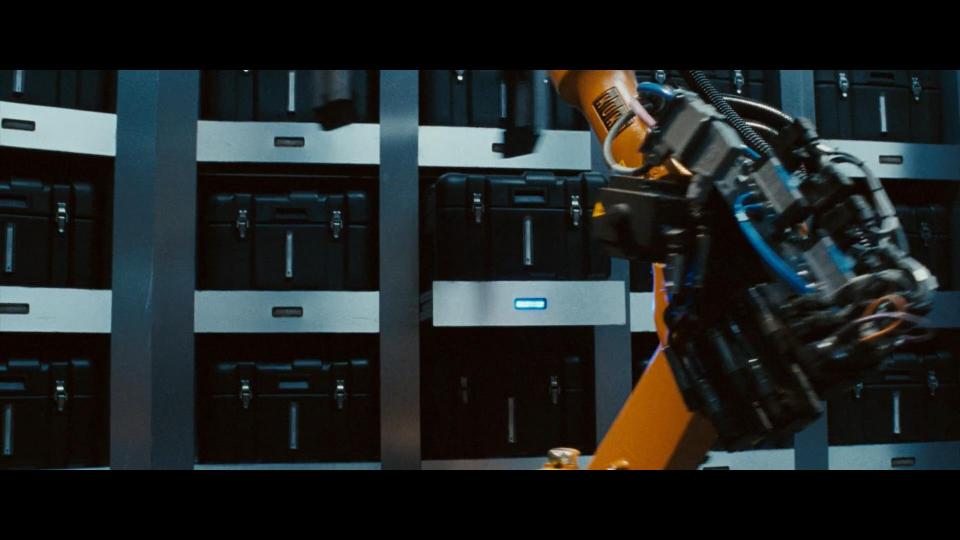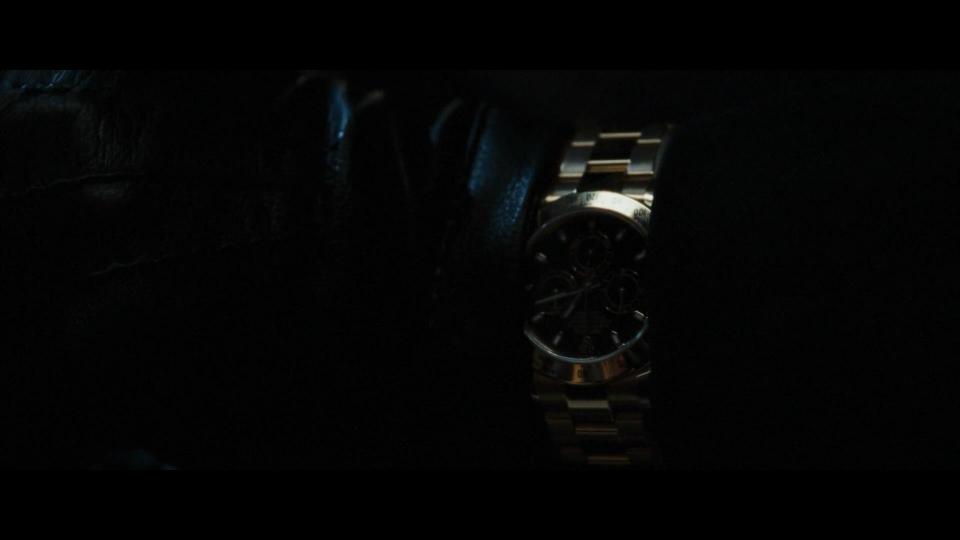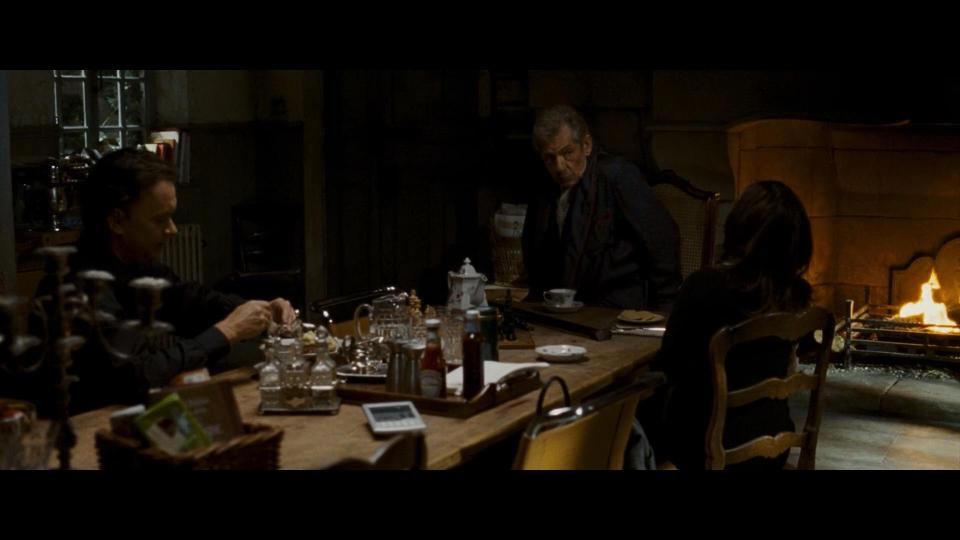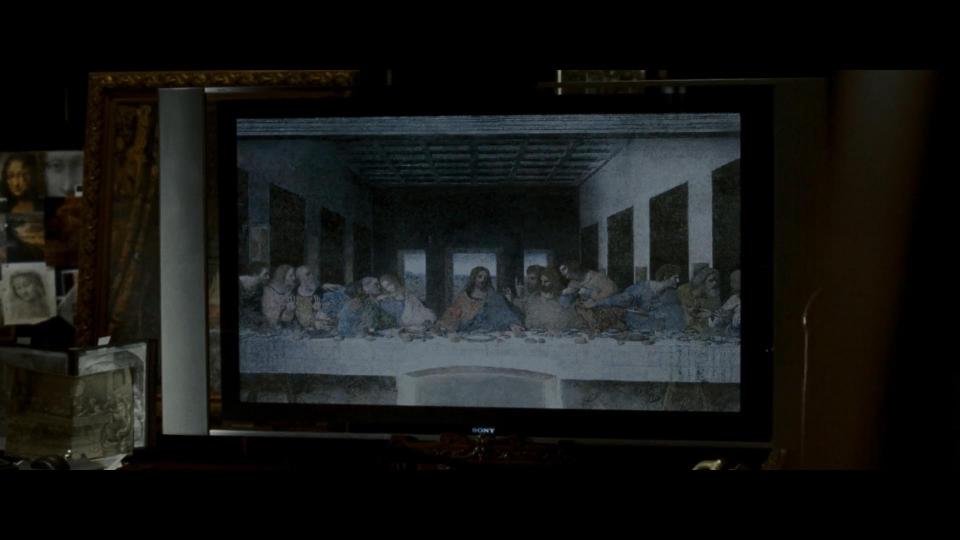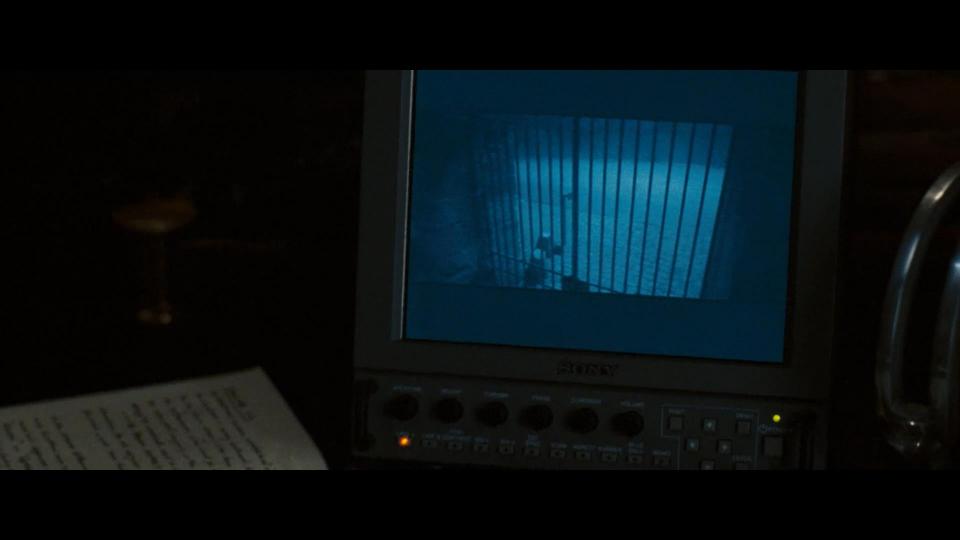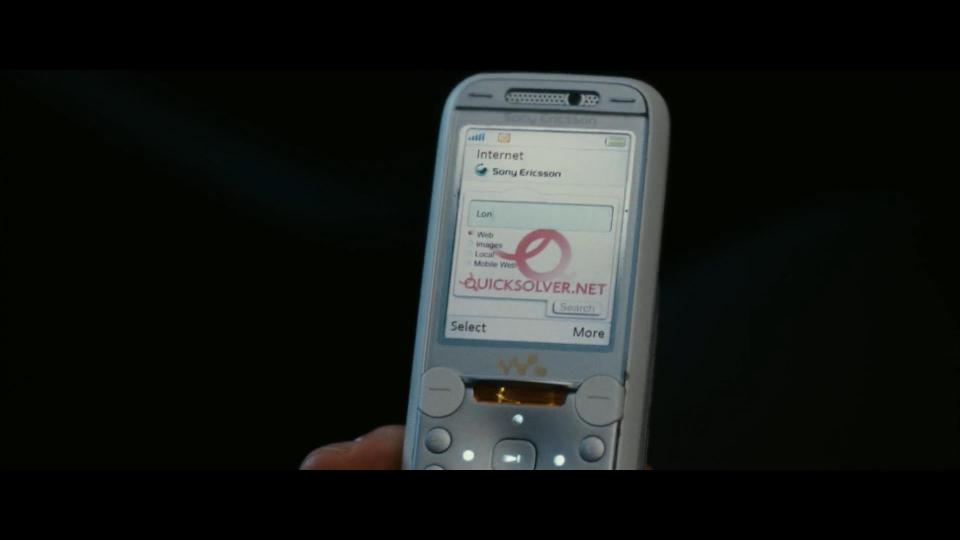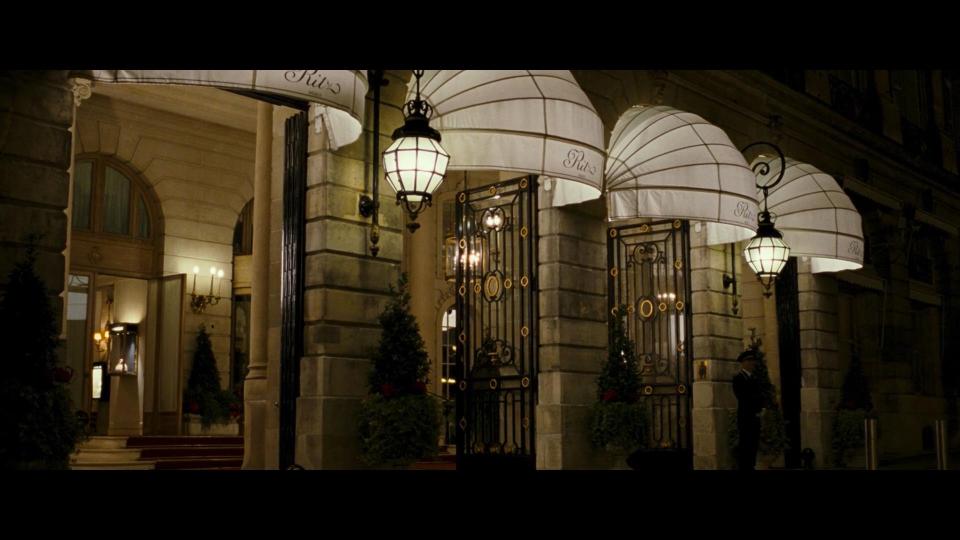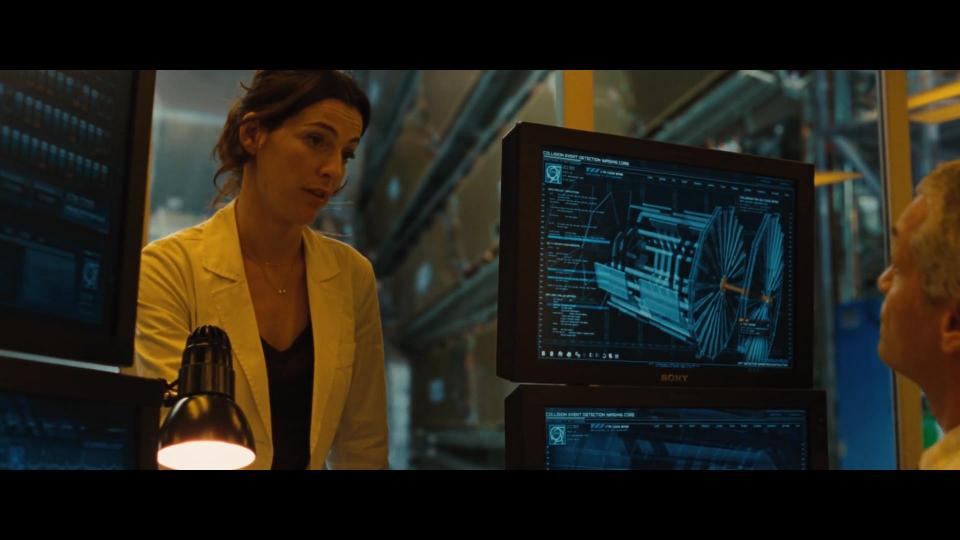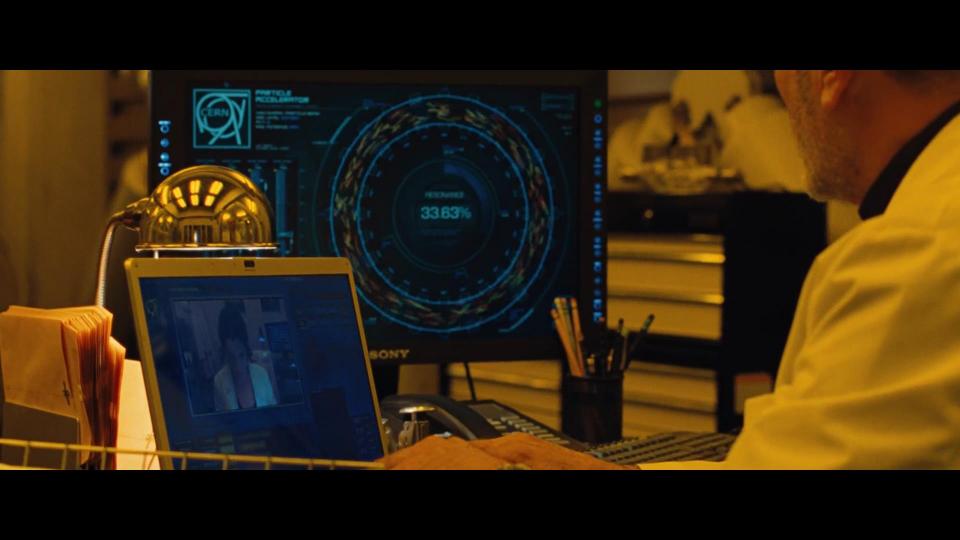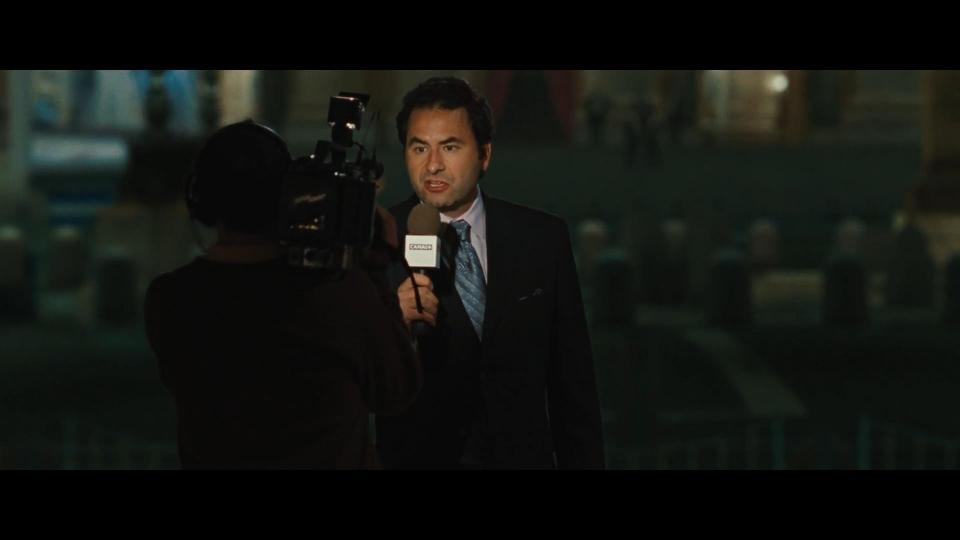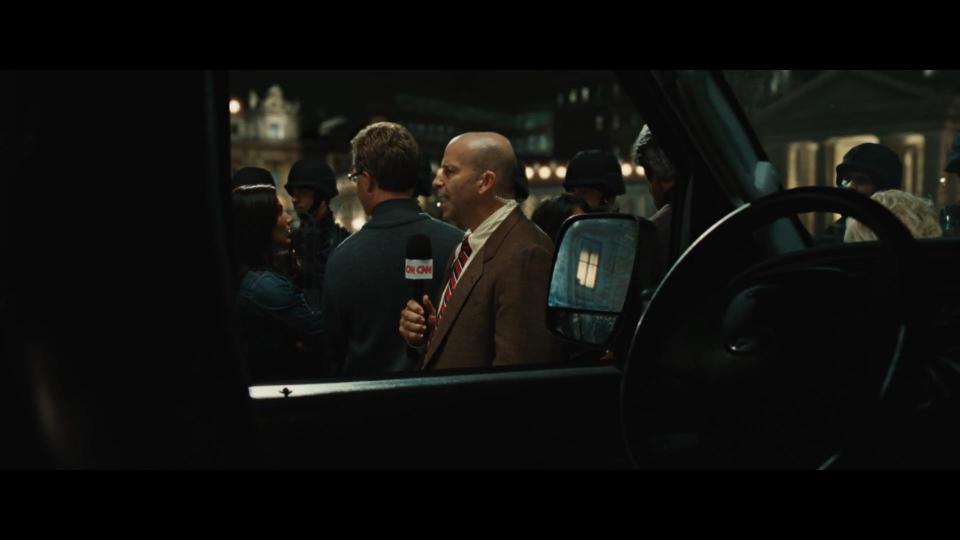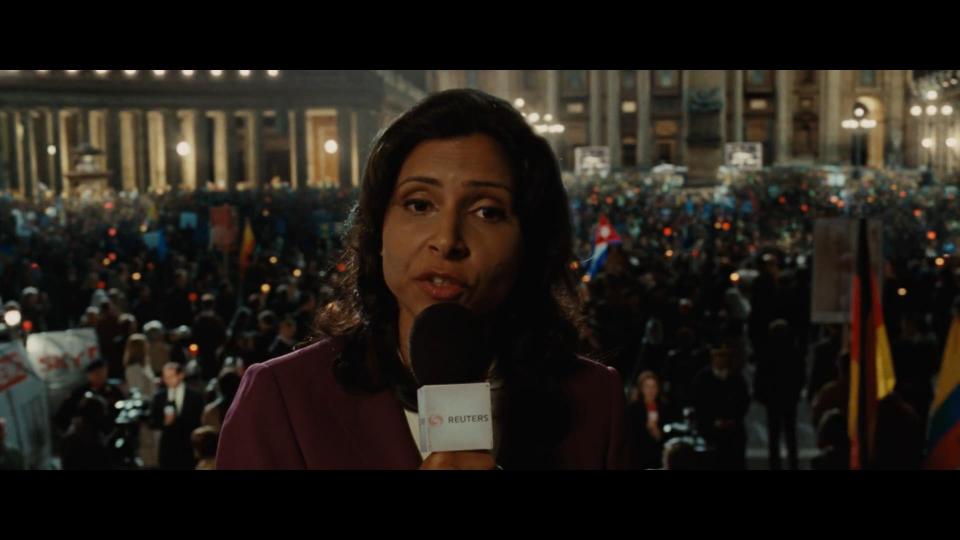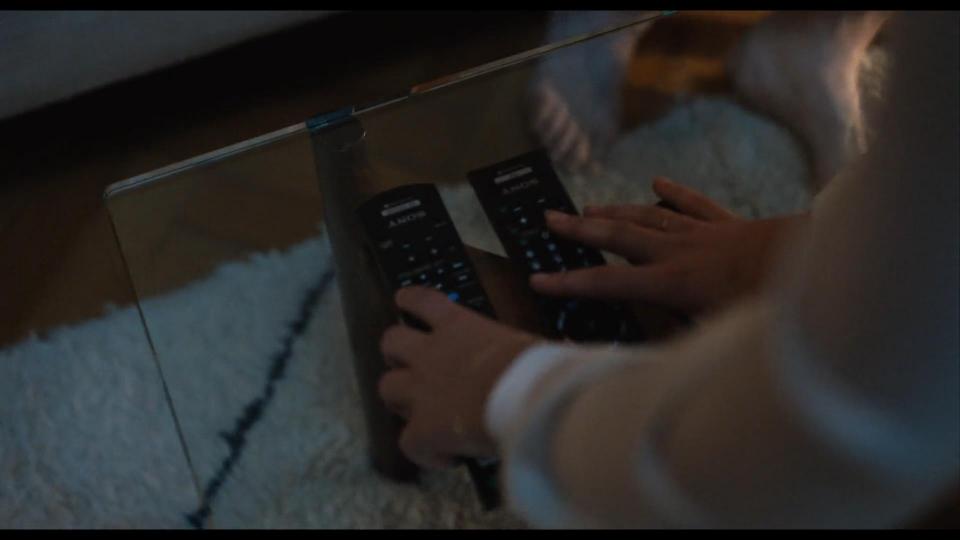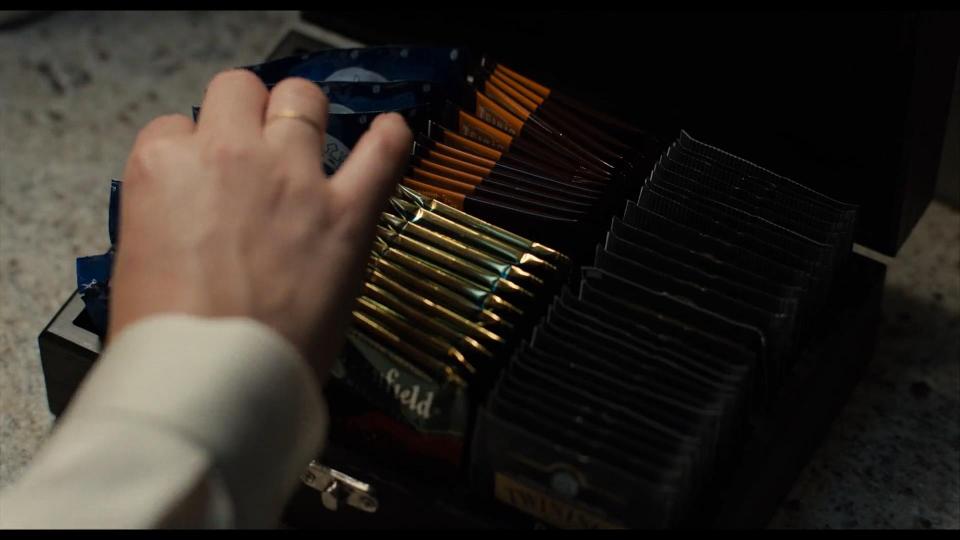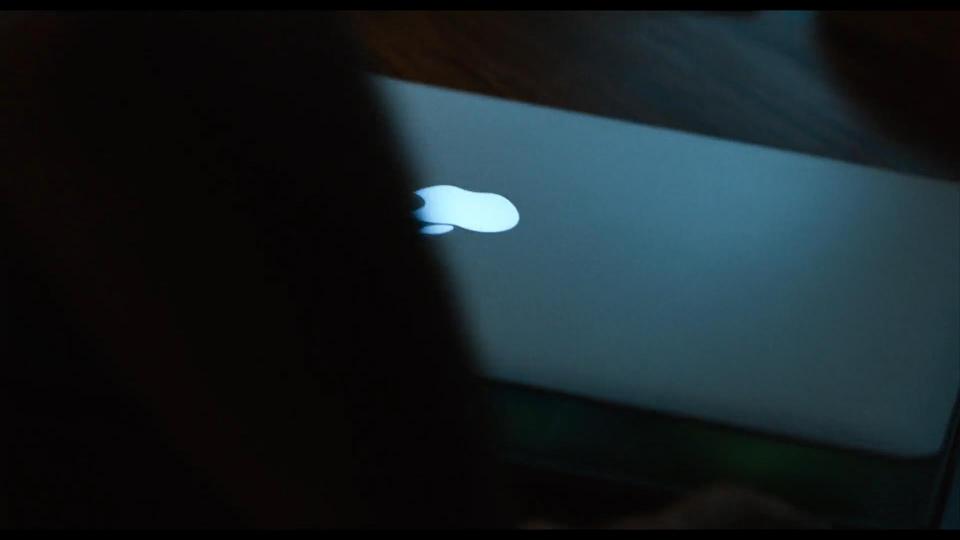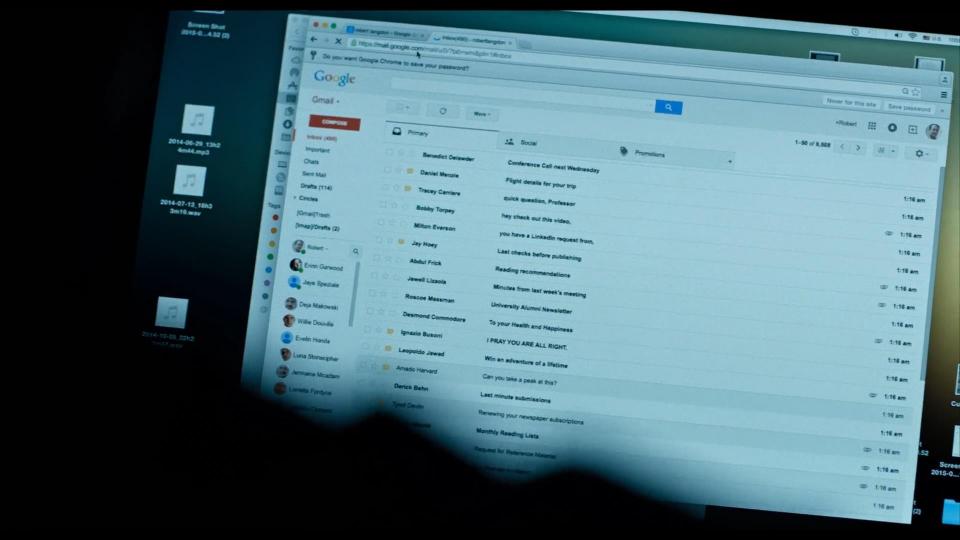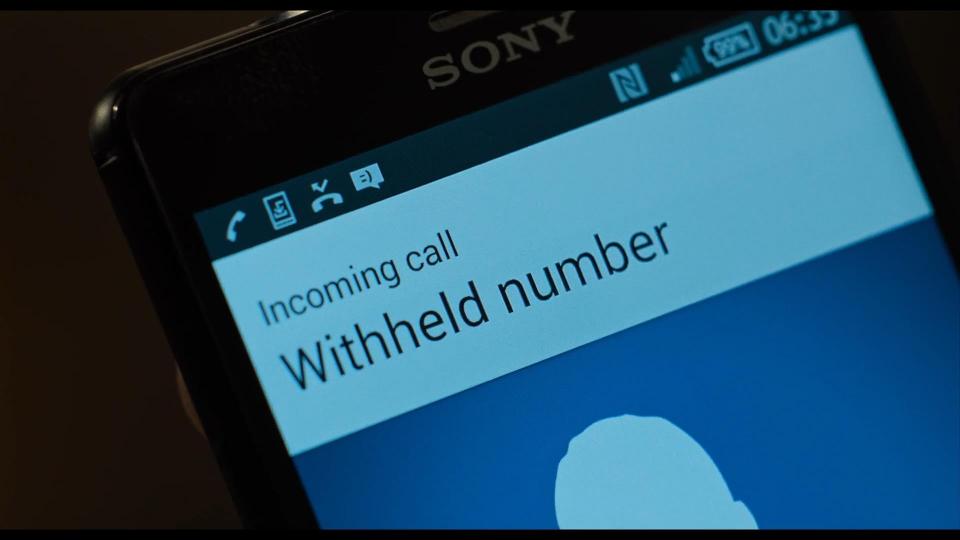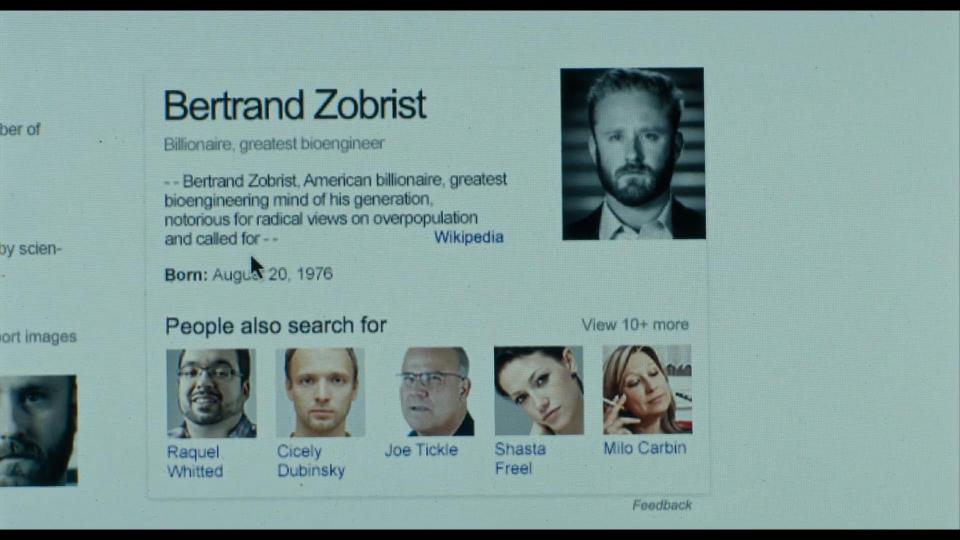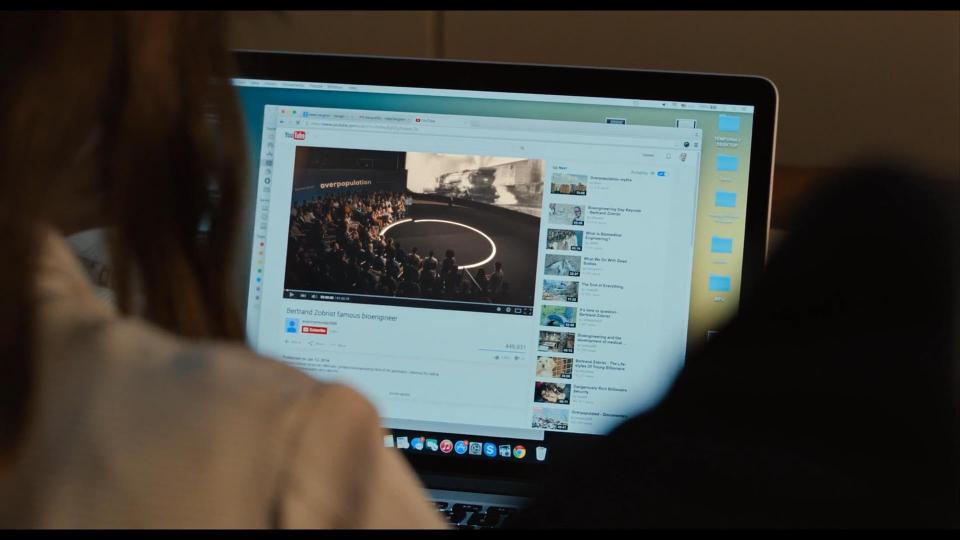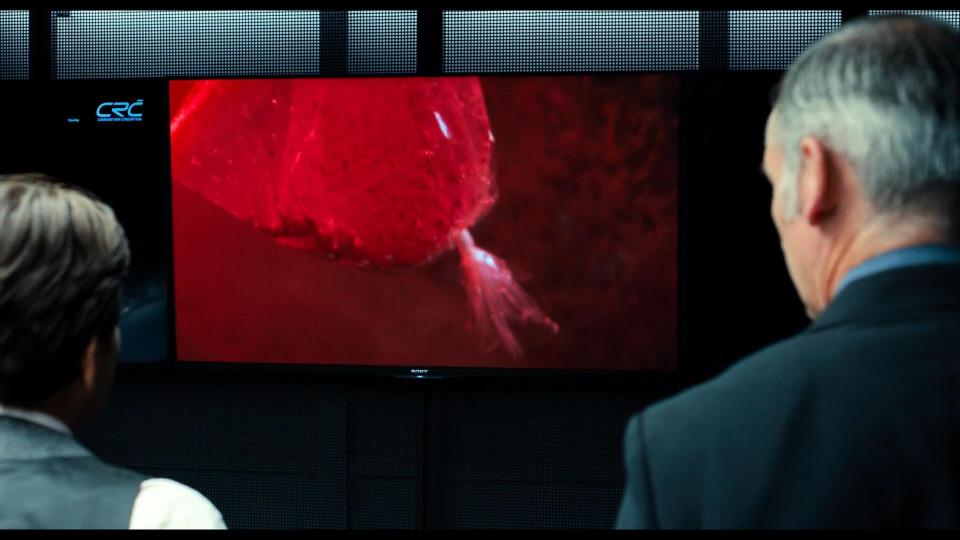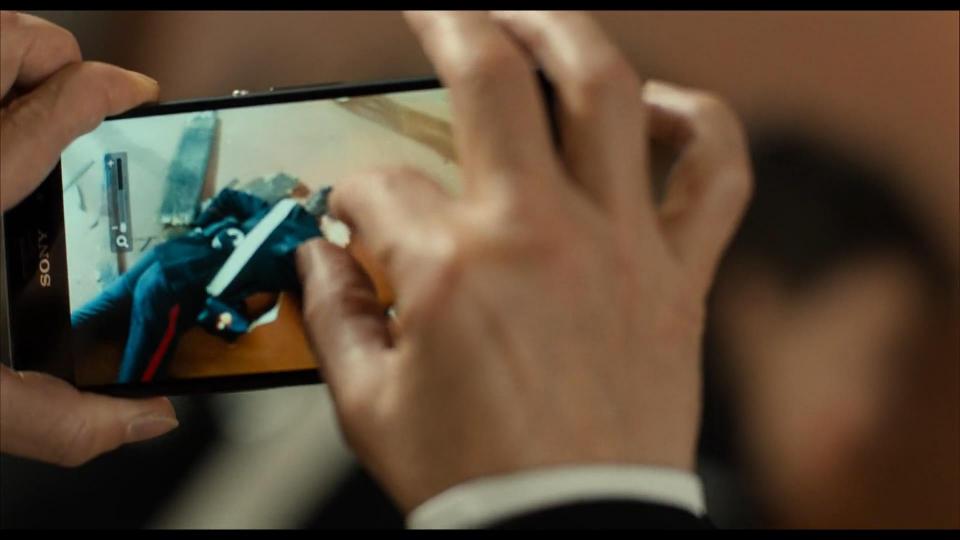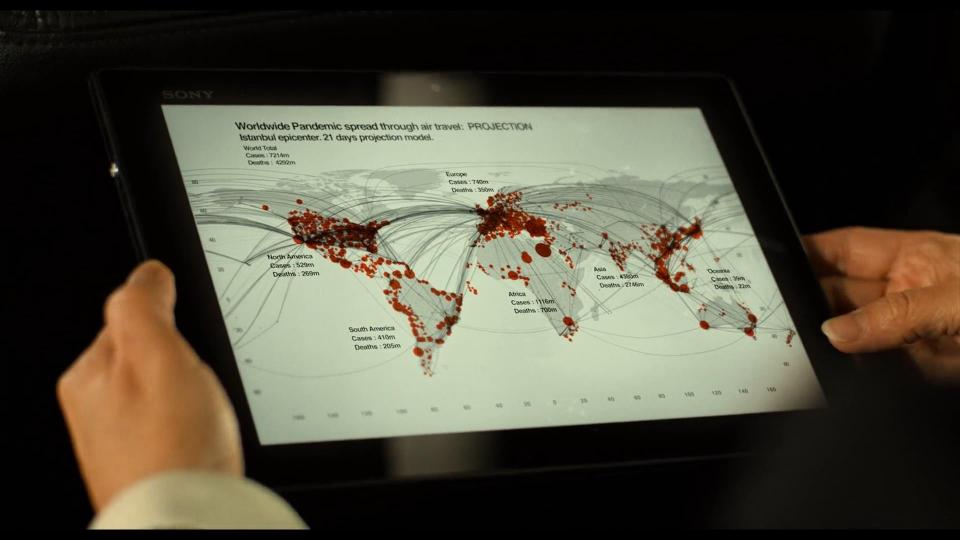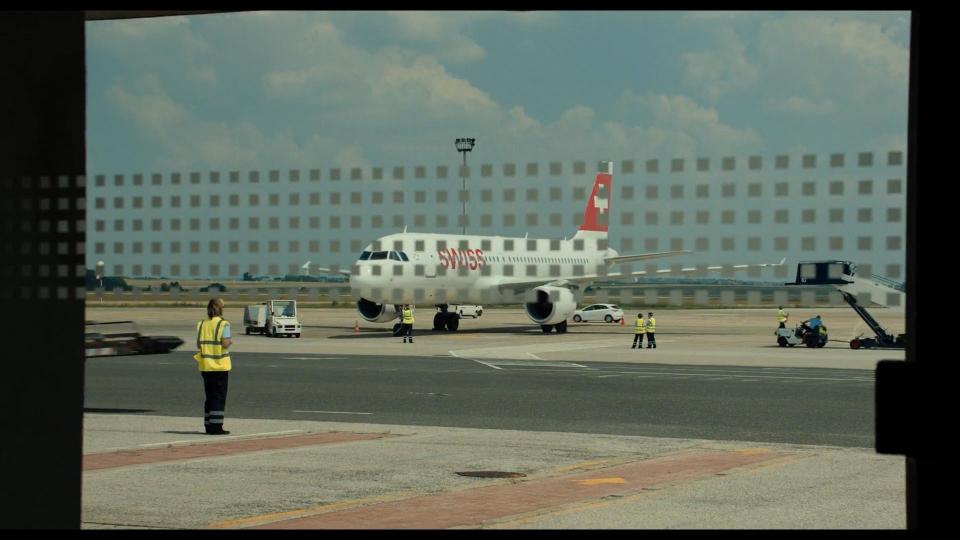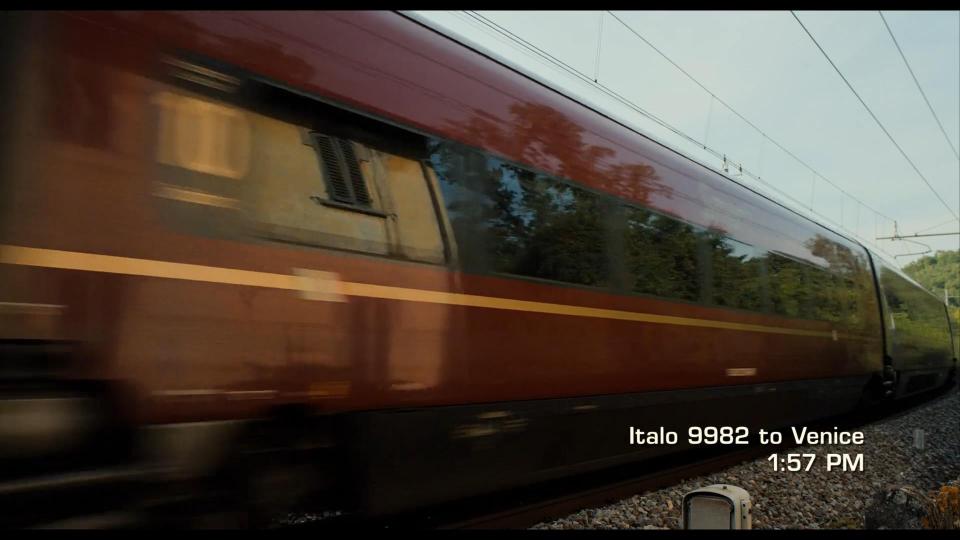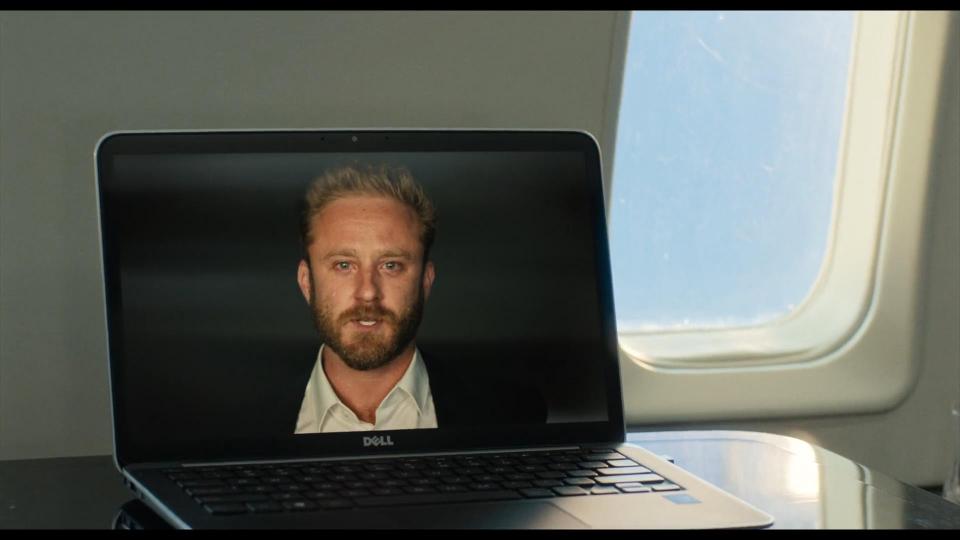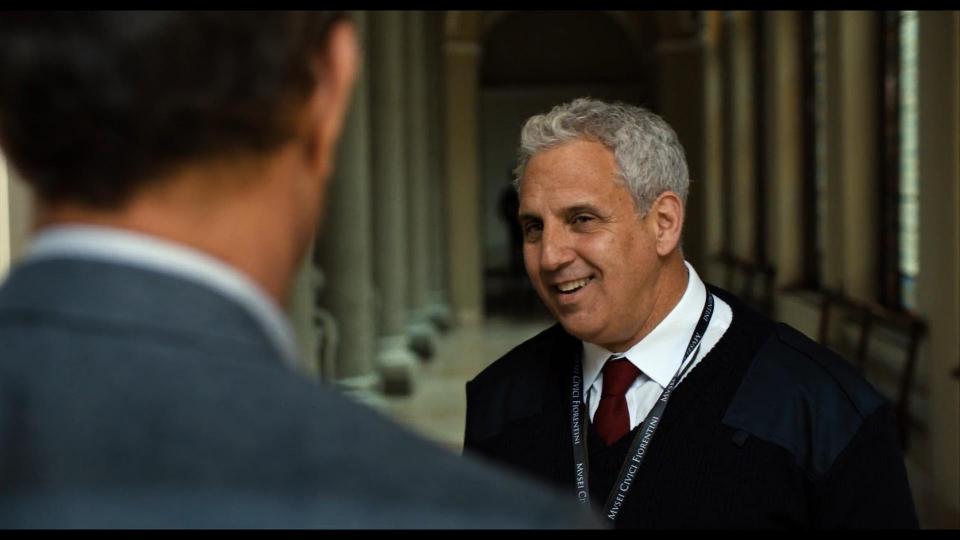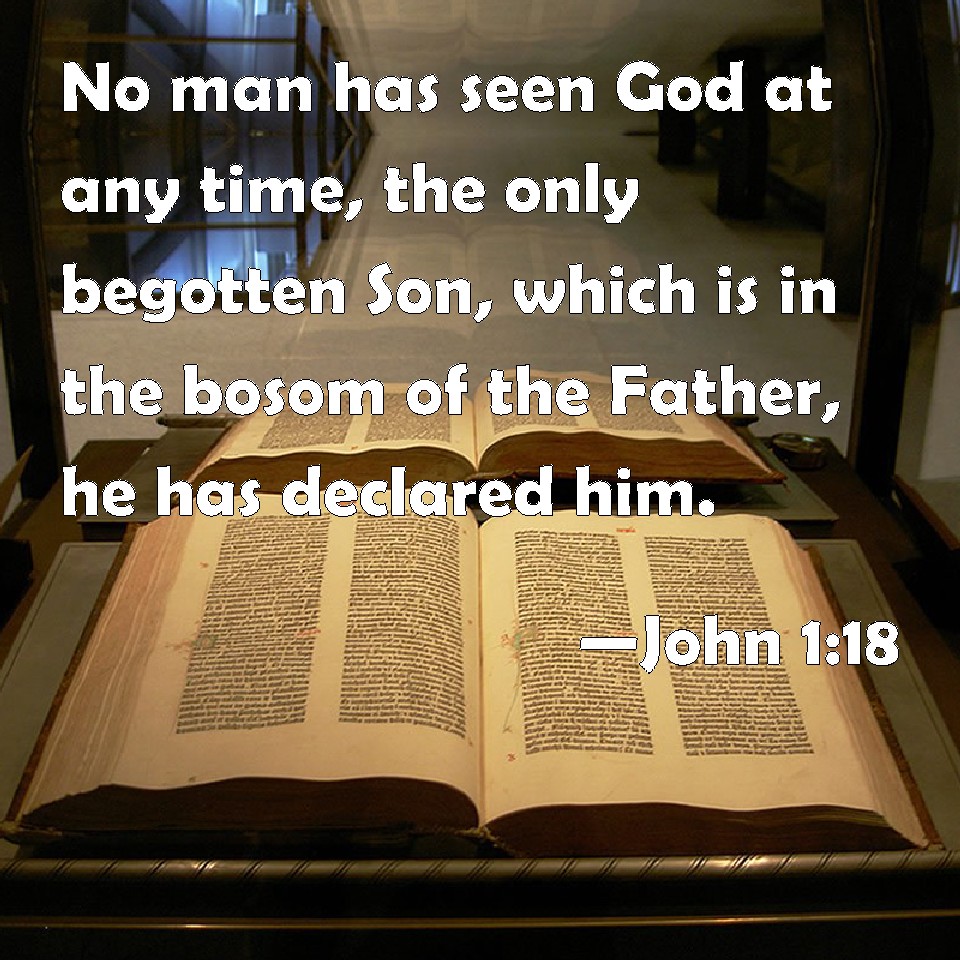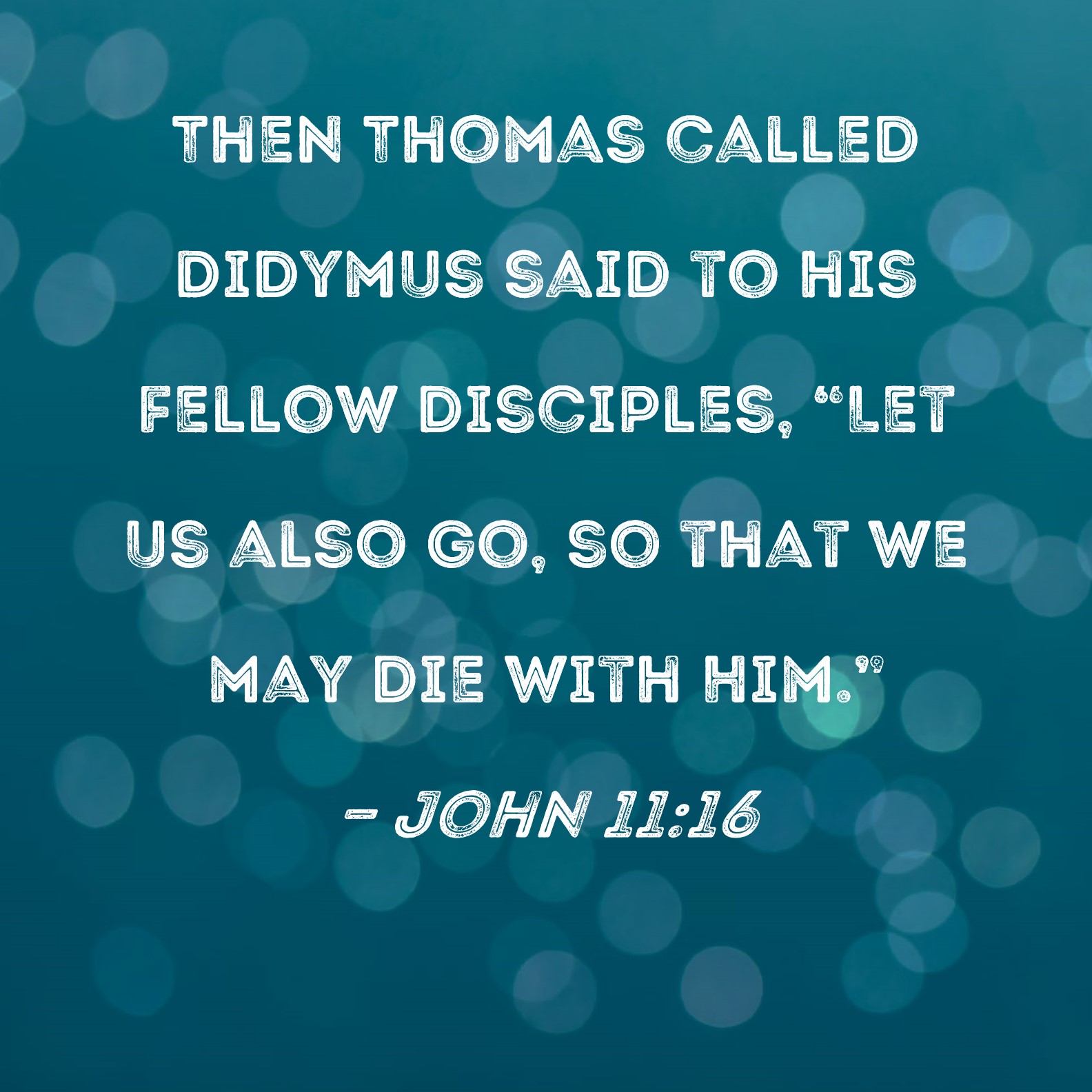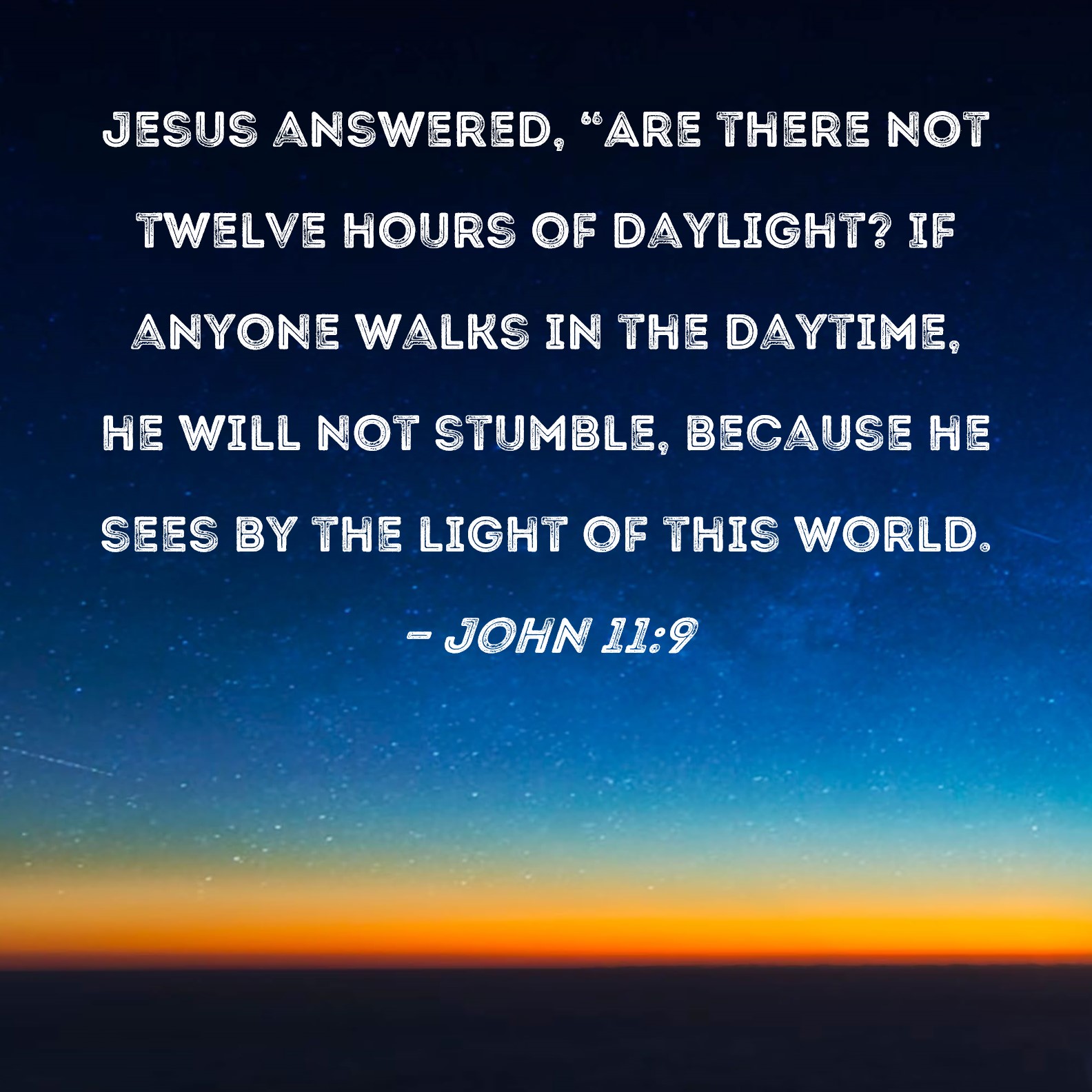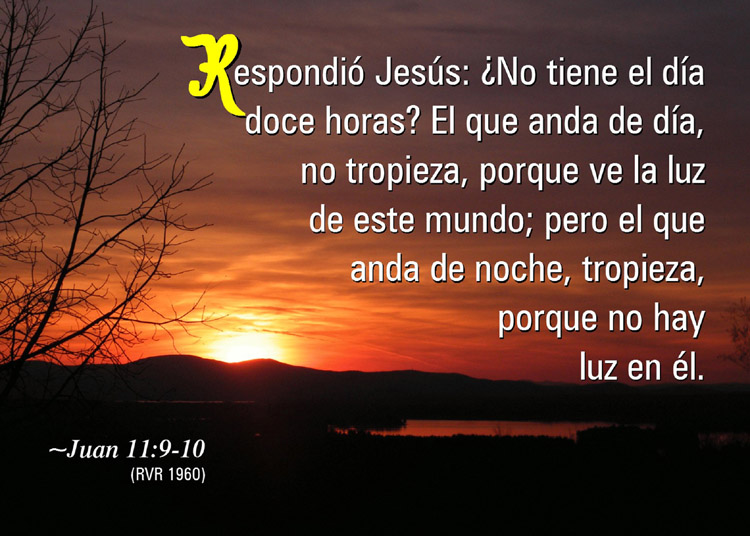|
|
General: ROBERT LANGDON / TOM HANKS DA VINCI CODE ANGELS AND DEMONS INFERNO LOST SYMBOL
Scegli un’altra bacheca |
|
Rispondi |
Messaggio 1 di 7 di questo argomento |
|
Robert Langdon
.
Professor
Robert Langdon |
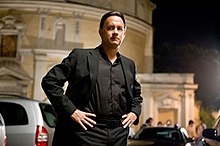
|
| First appearance |
Angels & Demons (2000) |
| Last appearance |
Origin (2017) |
| Created by |
Dan Brown |
| Portrayed by |
|
| Voiced by |
Robert Clotworthy |
| Gender |
Male |
| Title |
Professor |
| Occupation |
Professor of Religious Iconology and Symbology at Harvard University |
| Family |
Unnamed father (deceased) |
| Relatives |
Howard Langdon (great-grandfather) |
Robert Langdon is a fictional character created by author Dan Brown for his Robert Langdon book series: Angels & Demons (2000), The Da Vinci Code (2003), The Lost Symbol (2009), Inferno (2013) and Origin (2017).[1] He is a Harvard University professor of Religious Iconology and "symbology" (a fictional field related to the study of historic symbols, which is not methodologically connected to the actual discipline of semiotics).
Tom Hanks portrays Langdon in the Robert Langdon film series, starting with the 2006 film adaptation of The Da Vinci Code, reprising the role in the 2009 film adaptation of Angels & Demons, and again in the 2016 film adaptation of Inferno,[2] while Ashley Zukerman plays a younger version of the character in the TV series, The Lost Symbol.
Character development
[edit]
Dan Brown created the character as a fictional alter ego of himself or "the man he wishes he could be". Brown himself was born June 22, 1964, in Exeter, New Hampshire, and the fictional Langdon is described as having been born on June 22, also in Exeter, and attending the same school as Brown did, Phillips Exeter Academy. Initially it is established that Langdon is a successful scholar who Brown named after John Langdon,[3] a professor of typography at Drexel University who is known for his creation of ambigrams. An example of Langdon's ambigrams appeared on the cover of the first edition of Brown's novel Angels & Demons, and other ambigrams featured throughout that novel were also designed by Langdon. On the acknowledgments page, Brown calls Langdon "one of the most ingenious and gifted artists alive … who rose brilliantly to my impossible challenge and created the ambigrams for this novel". John Langdon also created the logo for the fictitious Depository Bank of Zurich, which appears in The Da Vinci Code film.
In an interview, Brown said that Joseph Campbell was an inspiration for the character of Langdon:
His writings on semiotics, comparative religion and mythology in particular "The Power of Myth" and "The Hero With a Thousand Faces" helped inspire the framework on which I built my character, Robert Langdon... I remember admiring Campbell's matter-of-fact responses and wanting my own character Langdon to project that same respectful understanding when faced with complex spiritual issues.
— Dan Brown[4]
Robert Langdon, born in Exeter, New Hampshire, United States, is described as looking like "Harrison Ford in Harris tweed",[5] with his standard attire being a turtleneck, Harris Tweed jacket, khakis, and collegiate cordovan loafers, which he wears in all instances, from lectures to social events.[6] A frequently referred to accessory is his Mickey Mouse watch, a gift from his parents on his tenth birthday.[7] He drives an automatic Saab 900S.[8][9]
Langdon was a diver at Phillips Exeter Academy in prep school and played water polo at Princeton University where he went for college. He suffers from claustrophobia, as he fell into a well when he was 7 years old. His father died when he was 12, and his new mentor father-figure became Peter Solomon,[10] Secretary of the Smithsonian Institution.[11]
Known for a brilliant problem-solving mind and his genius, Langdon has an eidetic memory. As professor at Harvard University, he teaches religious iconology and the fictional field of symbology. As a hobby, it is specifically mentioned that Langdon is a great swimmer and swam laps (50) daily, a "morning ritual", at Harvard's athletic facilities (hence the lap swimming scene in Angels & Demons). Langdon also mentions he was raised a Catholic, but that he will never understand God; in Angels & Demons, he mentions to the Camerlengo that faith is a gift he has yet to receive.
In the books, the events of The Da Vinci Code follow those of Angels & Demons; this was reversed in the movies, where the latter's adaptation is written to be the sequel to the former.[12]
In Angels & Demons, Robert Langdon is called to CERN headquarters in Switzerland to find about the religious symbological implications of the death of CERN's finest and best-known physicist, Leonardo Vetra, a Catholic priest who has been branded with the Illuminati symbol. When he starts to investigate the murder, his obsession with history comes into play. Langdon is later joined in the investigation by Vittoria Vetra (Leonardo's adopted daughter) and they start their journey to the Vatican to unlock the mystery behind the Illuminati, an anti-Catholic secret society which, according to the plot, has deeply infiltrated many global institutions, political, economical and religious. Langdon and Vetra solve the mystery of the Illuminati by following the Path of Illumination[13] and in so doing explain the disappearances of four Cardinals during a papal conclave, the murder of Leonardo Vetra, and the theft of antimatter (a substance that can be used for mass destruction). At the end of the novel, Langdon ends up having a relationship with Vittoria Vetra. In the last few sentences of Angels & Demons, Vittoria Vetra asks him if he has ever had a divine experience. When he replies in the negative, Vittoria slips off her terrycloth robe, saying, "You've never been to bed with a yoga master, have you?" Their relationship, however, is only referred to in The Da Vinci Code, mentioning the fact that Langdon had last seen Vittoria a year previously.
In the beginning of 2003's The Da Vinci Code, Robert Langdon is in Paris to give a lecture on his work. Having made an appointment to meet with Jacques Saunière, the curator of the Louvre, he is startled to find the French police at his hotel room door. They inform him that Saunière has been murdered and they would like his immediate assistance at the Louvre to help them solve the crime. Unknown to Langdon, he is in fact the prime suspect in the murder and has been summoned to the scene of the crime so that the police may extract a confession from him. While he is in the Louvre, he meets Sophie Neveu, a young cryptologist from the DCPJ. When Langdon and Sophie get the chance to talk in private, he finds out that Jacques Saunière is her grandfather. Saunière instructs Sophie to 'find Robert Langdon', according to the message he left for her in the floor. Hence, Sophie believes he is innocent of her grandfather's murder.
He spends the rest of the novel dodging the police and trying to solve the mystery of an ancient secret society, the Priory of Sion, which was once headed by Leonardo da Vinci. At the end of the novel, Langdon uncovers the mystery behind Mary Magdalene and the Holy Grail also called Sangreal, derived from either the Spanish "San Greal" (the Holy Grail), or the French "Sang real" (royal blood). Slightly before the moment he discovers the final resting place of the Holy Grail, he is seen in a romantic light by Sophie Neveu, and two agree to meet again in Florence, where Langdon will be for a lecture. The two share a kiss after which, in the epilogue, Langdon unearths the mystery of the Sangreal.
In The Lost Symbol, Robert Langdon has an adventure with the concepts of Freemasonry in Washington D.C. Tricked into visiting the nation's Capitol, Robert Langdon spends twelve hours racing through the monuments and buildings of the USA's forefathers, searching for the truth about the secret society of the Masons. Behind new doors lie secrets that promise to change the way people view science and politics, now threatened by Zachary Solomon, the renegade, estranged son of Robert Langdon's friend, Peter Solomon, who has himself been kidnapped by Zachary, now going by the name "Mal'akh". Robert Langdon is the last line of defense. With help from Katherine Solomon (Zachary's sister), Warren Bellamy (the Architect of the Capitol) and Inoue Sato (the director of the Office of Security).
In Inferno, Langdon wakes up in an Italian hospital with no memory of the events that led him to be in Italy. Soon he realizes that someone is trying to kill him. Langdon travels from Florence to Venice, and Istanbul with Doctor Sienna Brooks to prevent a biological attack by looking for a deadly virus that was planted by a client of a shadowy consulting group called The Consortium. In the course of this, Langdon must decipher clues employing allusions to the works of Sandro Botticelli, Giorgio Vasari and Dante Alighieri, the writer of Inferno, the first chapter of the epic poem The Divine Comedy, around which much of the plot revolves.
The fifth book in the series, Origin was released on October 3, 2017.[14] Robert Langdon arrives at the ultramodern Guggenheim Museum Bilbao to attend a major announcement—the unveiling of a discovery that "will change the face of science forever." The evening's host is Edmond Kirsch, a forty-year-old billionaire and futurist whose dazzling high-tech inventions and audacious predictions have made him a renowned global figure. Kirsch, who was one of Langdon's first students at Harvard two decades earlier, is about to reveal an astonishing breakthrough . . . one that will answer two of the fundamental questions of human existence.
As the event begins, Langdon and several hundred guests find themselves captivated by an utterly original presentation, which Langdon realizes will be far more controversial than he ever imagined. But the meticulously orchestrated evening suddenly erupts into chaos, and Kirsch's precious discovery teeters on the brink of being lost forever. Reeling and facing an imminent threat, Langdon is forced into a desperate bid to escape Bilbao. With him is Ambra Vidal, the elegant museum director who worked with Kirsch to stage the provocative event. Together they flee to Barcelona on a perilous quest to locate a cryptic password that will unlock Kirsch's secret.
Navigating the corridors of hidden history and extreme religion, Langdon and Vidal must evade an enemy whose power seems to emanate from Spain's Royal Palace itself, and who will stop at nothing to silence Edmond Kirsch. On a trail marked by modern art and enigmatic symbols, Langdon and Vidal uncover clues that ultimately bring them face-to-face with Kirsch's shocking discovery.[14]
Between The Da Vinci Code, The Lost Symbol, and Inferno, Langdon is said to have written seven books:
- The Symbology of Secret Sects
- The Art of the Illuminati: Part 1
- The Lost Language of Ideograms
- Religious Iconology
- Symbols of the Lost Sacred Feminine
- Christian Symbols in the Muslim World
- Christianity and the Sacred Feminine
At that same point in the trilogy, Langdon is preparing the manuscript for his fifth book, to be titled Symbols of the Lost Sacred Feminine. It is later revealed in The Lost Symbol that Symbols of the Lost Sacred Feminine was published and created 'quite a scandal'. The book Christianity and the Sacred Feminine, mentioned in Origin had reportedly been denounced by the Vatican, "which, in the aftermath, promptly became a bestseller," as quoted by the AI assistant Winston.
|
|
|
 Primo
Primo
 Precedente
2 a 7 di 7
Successivo
Precedente
2 a 7 di 7
Successivo
 Ultimo
Ultimo

|
|
Rispondi |
Messaggio 2 di 7 di questo argomento |
|
Different cyclotron size: a) Lawrence ́s first one, b) Venezuela First one (courtesy of Dorly Coehlo), c) Fermi National Laboratory at CERN. And size matters, and Cyclotrons win as best hospital candidates due to Reactors are bigger, harder and difficult to be set in a hospital installation. Can you imagine a nuclear reactor inside a health installation? Radiation Protection Program will consume all the budget available. Size, controlled reactions, electrical control, made cyclotrons easy to install, and baby cyclotrons come selfshielded so hospital don ́t need to spend money in a extremely large bunker. Now on, we are going to talk about our first experience with the set up of a baby cyclotron for medical uses inside the first PET installation in Latin America. “Baby” means its acceleration “D” diameters are suitable to be set inside a standard hospital room dimensions, with all its needs to be safetly shielded for production transmision and synthetized for human uses for imaging in Nuclear Medicine PET routine. When we ask why Cyclotrons are better than reactors for radioisotopes production to be used in Medicine, we also have to have in mind that they has: 1. Less radioactive waste 2. Less harmful debris
https://www.researchgate.net/figure/Different-cyclotron-size-a-Lawrence-s-first-one-b-Venezuela-First-one-courtesy-of_fig3_221906035
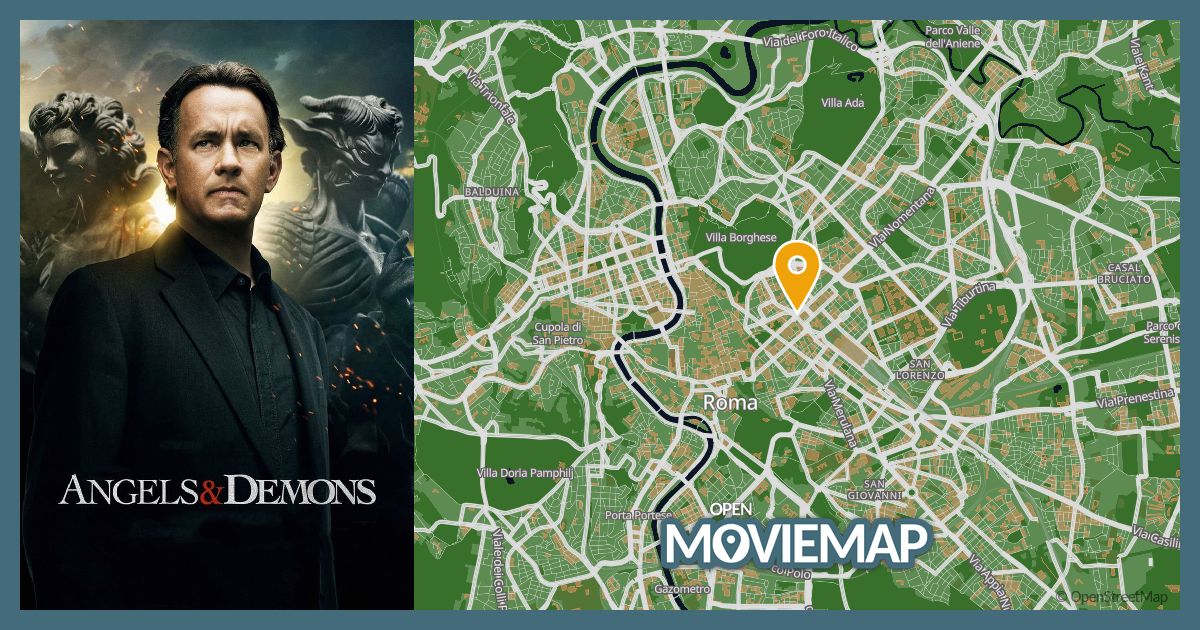 |
|
|
|
Rispondi |
Messaggio 3 di 7 di questo argomento |
|
Hagia Sophia
From Wikipedia, the free encyclopedia
Hagia Sophia (Turkish: Ayasofya; Ancient Greek: Ἁγία Σοφία, romanized: Hagía Sophía; Latin: Sancta Sapientia; lit. 'Holy Wisdom'), officially the Hagia Sophia Grand Mosque (Turkish: Ayasofya-i Kebir Cami-i Şerifi; Greek: Μεγάλο Τζαμί της Αγίας Σοφίας),[3] is a mosque and former church serving as a major cultural and historical site in Istanbul, Turkey. The last of three church buildings to be successively erected on the site by the Eastern Roman Empire, it was completed in AD 537. The site was an Eastern rite church from AD 360 to 1453, except for a brief time as a Latin Catholic church between the Fourth Crusade and 1261.[4] After the fall of Constantinople in 1453, it served as a mosque until 1935, when it became a museum. In 2020, the site once again became a mosque.
The current structure was built by the Byzantine emperor Justinian I as the Christian cathedral of Constantinople for the Byzantine Empire between 532 and 537, and was designed by the Greek geometers Isidore of Miletus and Anthemius of Tralles.[5] It was formally called the Church of God's Holy Wisdom (Greek: Ναὸς τῆς Ἁγίας τοῦ Θεοῦ Σοφίας, romanized: Naòs tês Hagías toû Theoû Sophías)[6][7] and upon completion became the world's largest interior space and among the first to employ a fully pendentive dome. It is considered the epitome of Byzantine architecture[8] and is said to have "changed the history of architecture".[9] The present Justinianic building was the third church of the same name to occupy the site, as the prior one had been destroyed in the Nika riots. As the episcopal see of the ecumenical patriarch of Constantinople, it remained the world's largest cathedral for nearly a thousand years, until the Seville Cathedral was completed in 1520. Beginning with subsequent Byzantine architecture, Hagia Sophia became the paradigmatic Orthodox church form, and its architectural style was emulated by Ottoman mosques a thousand years later.[10] It has been described as "holding a unique position in the Christian world"[10] and as an architectural and cultural icon of Byzantine and Eastern Orthodox civilization.[10][11][12]
The religious and spiritual centre of the Eastern Orthodox Church for nearly one thousand years, the church was dedicated to the Holy Wisdom.[13][14][15] It was where the excommunication of Patriarch Michael I Cerularius was officially delivered by Humbert of Silva Candida, the envoy of Pope Leo IX in 1054, an act considered the start of the East–West Schism. In 1204, it was converted during the Fourth Crusade into a Catholic cathedral under the Latin Empire, before being returned to the Eastern Orthodox Church upon the restoration of the Byzantine Empire in 1261. Enrico Dandolo, the doge of Venice who led the Fourth Crusade and the 1204 Sack of Constantinople, was buried in the church.
After the fall of Constantinople to the Ottoman Empire in 1453,[16] it was converted to a mosque by Mehmed the Conqueror and became the principal mosque of Istanbul until the 1616 construction of the Sultan Ahmed Mosque.[17][18] Upon its conversion, the bells, altar, iconostasis, ambo, and baptistery were removed, while iconography, such as the mosaic depictions of Jesus, Mary, Christian saints and angels were removed or plastered over.[19] Islamic architectural additions included four minarets, a minbar and a mihrab. The Byzantine architecture of the Hagia Sophia served as inspiration for many other religious buildings including the Hagia Sophia in Thessaloniki, Panagia Ekatontapiliani, the Şehzade Mosque, the Süleymaniye Mosque, the Rüstem Pasha Mosque and the Kılıç Ali Pasha Complex. The patriarchate moved to the Church of the Holy Apostles, which became the city's cathedral.
The complex remained a mosque until 1931, when it was closed to the public for four years. It was re-opened in 1935 as a museum under the secular Republic of Turkey, and the building was Turkey's most visited tourist attraction as of 2019.[20]
In July 2020, the Council of State annulled the 1934 decision to establish the museum, and the Hagia Sophia was reclassified as a mosque. The 1934 decree was ruled to be unlawful under both Ottoman and Turkish law as Hagia Sophia's waqf, endowed by Sultan Mehmed, had designated the site a mosque; proponents of the decision argued the Hagia Sophia was the personal property of the sultan. The decision to designate Hagia Sophia as a mosque was highly controversial. It resulted in divided opinions and drew condemnation from the Turkish opposition, UNESCO, the World Council of Churches and the International Association of Byzantine Studies, as well as numerous international leaders, while several Muslim leaders in Turkey and other countries welcomed its conversion into a mosque.
Church of Constantius II
[edit]
 Hagia Sophia, Istanbul, Turkey, ca. 1897.
The first church on the site was known as the Magna Ecclesia (Μεγάλη Ἐκκλησία, Megálē Ekklēsíā, 'Great Church')[21][22] because of its size compared to the sizes of the contemporary churches in the city.[13] According to the Chronicon Paschale, the church was consecrated on 15 February 360, during the reign of the emperor Constantius II (r. 337–361) by the Arian bishop Eudoxius of Antioch.[23][24] It was built next to the area where the Great Palace was being developed. According to the 5th-century ecclesiastical historian Socrates of Constantinople, the emperor Constantius had c. 346 "constructed the Great Church alongside that called Irene which because it was too small, the emperor's father [Constantine] had enlarged and beautified".[25][23] A tradition which is not older than the 7th or 8th century reports that the edifice was built by Constantius' father, Constantine the Great (r. 306–337).[23] Hesychius of Miletus wrote that Constantine built Hagia Sophia with a wooden roof and removed 427 (mostly pagan) statues from the site.[26] The 12th-century chronicler Joannes Zonaras reconciles the two opinions, writing that Constantius had repaired the edifice consecrated by Eusebius of Nicomedia, after it had collapsed.[23] Since Eusebius was the bishop of Constantinople from 339 to 341, and Constantine died in 337, it seems that the first church was erected by Constantius.[23]
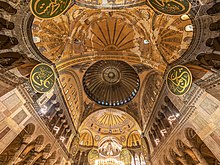 View of the dome interior
        |
|
|
|
Rispondi |
Messaggio 4 di 7 di questo argomento |
|
|
|
|
Rispondi |
Messaggio 5 di 7 di questo argomento |
|
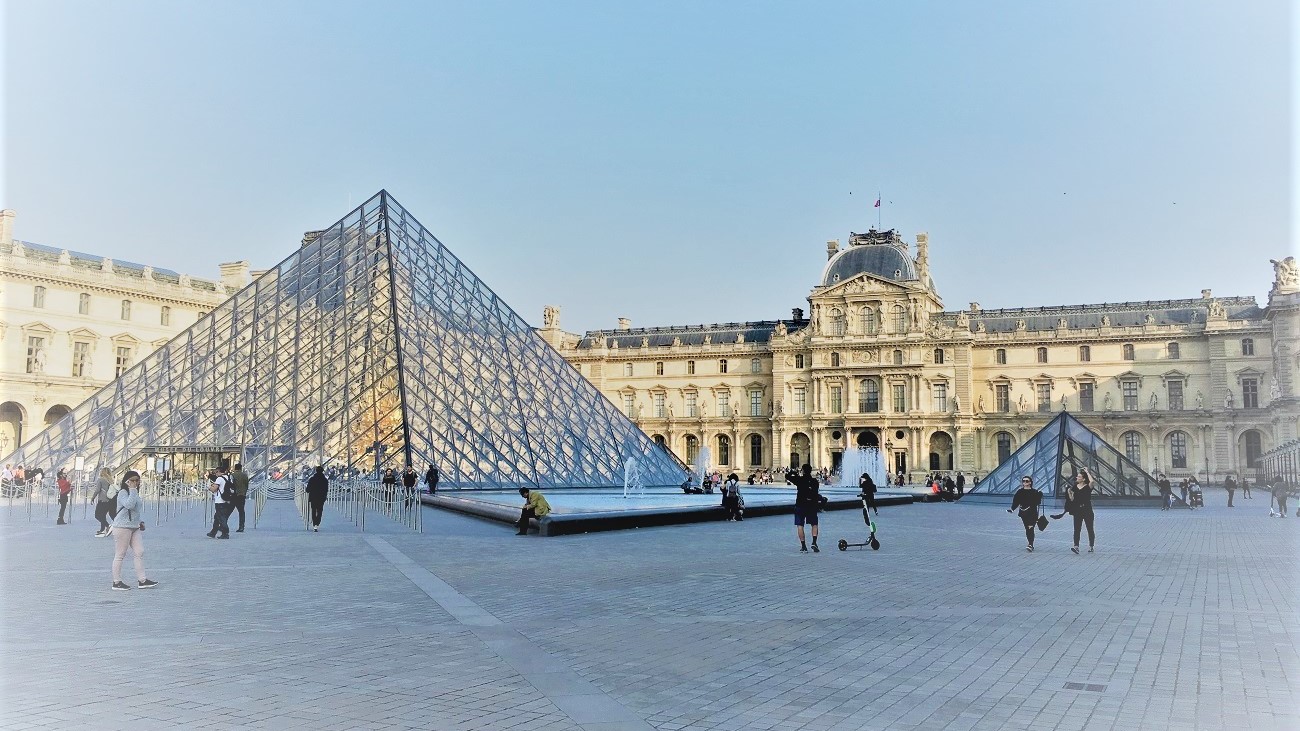
I love the adventure stories with twisted plots, mysteries, puzzles. That is why I love the stories created by Dan Brown and his major character Professor Robert Langdon who was very well played by Tom Hanks in the series of successful movies. Moreover, in my travel adventures I managed to visit most of the countries, places, museums, etc, and even CERN, which are described in the books and movies. And when I watch the movies I travel back in time together with Professor Langdon.
So, today I invite you to solve great mysteries of Leonardo, Illuminati, and Dante. It’s time to refresh your knowledge of history and arts. Welcome aboard!
Jacques Saunière, a Louvre curator, is pursued through the Grand Gallery by an albino Catholic monk named Silas, who demands the location of the Priory’s “keystone” to find and destroy the Holy Grail. Saunière gives him a false lead and is murdered. The police find his body posed like Da Vinci’s Vitruvian Man. Police captain Bezu Fache has his lieutenant, Jérôme Collet, summon American symbologist Robert Langdon, who is in Paris for a lecture on the interpretation of symbols, to examine Saunière’s body.
Langdon is shown the body and a secret message, readable only by blacklight. It contains an out-of-order Fibonacci sequence. Sophie Neveu, a police cryptographer and Saunière’s granddaughter, tells Langdon that Fache planted a tracker on him after finding the words, “P.S. Find Robert Langdon” at the end of Saunière’s secret message. Fache believes that Langdon murdered Saunière. Sophie throws away the tracker, distracting the police while they sneak around the Louvre, finding more clues in Leonardo da Vinci’s works. Langdon deduces that Saunière was the grand master of the Priory of Sion. And our adventure begins.
We meet Professor Robert Langdon for the first time during his lecture. He uses Sony laptop for his presentation.
In one of the next scenes of the movie we can clearly see the van with Bosch logo. Same is for the famous French water – Badoit. We can see it in a bucket full of ice.
When Robert Langdon and Sophie Neveu (Audrey Tautou) come to the bank to retrieve the cryptex, we can see how KUKA robot picks the right box that belonged to Jacques Saunière. When the bank employee helps the main characters to pass the police, we can get a glimpse of his Rolex watch.
At Sir Leigh Teabing’s (Ian McKellen) house our guests learn more about The Last Supper painting secrets. Their host is also a fan of Sony, so we may see various TV sets and displays in the house. While enjoying their evening tea, we can as well see Heinz there, of course.
When Robert Langdon and Sophie look for a tomb in London, they borrow a Sony Ericsson smartphone to search for more information.
In the final scene of the movie we see that Robert lives in Ritz hotel in Paris, and from there he starts his evening walk to follow the Arago medallions and come to the Louvre.
The Catholic Church mourns the sudden death of Pope Pius XVI, and prepares for the papal conclave to elect his successor in Vatican City. Father Patrick McKenna (Ewan McGregor), the camerlengo, takes temporary control of the Vatican during the sede vacante period.
Meanwhile, at CERN, scientists Father Silvano Bentivoglio and Dr. Vittoria Vetra (Ayelet Zurer) create three canisters of antimatter. As Vetra goes to evaluate the experiment, she discovers that Silvano has been murdered, and one of the canisters was stolen. Shortly thereafter, four of the preferiti, the favored candidates to be elected pope, are kidnapped by a man claiming to represent the Illuminati. He sends the Vatican a warning, claiming he will murder each of the cardinals from 8 p.m. to midnight, when the stolen antimatter will explode and destroy the city, hidden somewhere within.
Unlike two other movies, there are only few product placements in Angels & Demons. And they can be divided in two categories – Sony and TV channels.
That is why we see Sony computers and displays in the first scene in CERN.
And when the events of the movie accelerate, we can see various TV channels broadcasting from Vatican City. These are Canal+, CNN, and Reuters.
And this is it for Angels & Demons. More product placements are waiting in Inferno.
Some time after helping the Vatican dealing with an antimatter threat, Harvard University professor Robert Langdon awakens in a hospital room in Florence, Italy, with no memory of what has transpired over the last few days, but being plagued with hellish visions. Dr. Sienna Brooks (Felicity Jones), the doctor tending to him, reveals that he is suffering from amnesia as a result of a bullet wound to the head. An orderly says the police are there to question Langdon but the officer turns out to be Vayentha, an assassin, who shoots the orderly while coming up the hallway. Brooks helps Langdon to escape, and they flee to her apartment.
Among Langdon’s personal belongings, Langdon and Brooks find a Faraday pointer, a miniature image projector with a modified version of Sandro Botticelli’s Map of Hell, which itself is based on Dante’s Inferno. They soon realize this is the first clue in a trail left by Bertrand Zobrist, a dangerously unstable villain who believed that rigorous measures were necessary to reduce the Earth’s growing population, and who committed suicide three days earlier after being chased by armed government agents.
When Robert Langdon wakes up in Sienna’s house, we can find various brands across her apartment. First of all we see Sony TV remote controls. And when Professor asks for coffee, Sienna goes to the kitchen where we spot tea brands like Greenfield and Twinings.
While Sienna is looking for some clothes for Robert, he decides to use her Apple MacBook to check his Google mail.
When Robert and Sienna decide to call to the consulate, we see that Sienna uses Sony smartphone. When they realize that they can trust no one, they start their investigation. First, they search for the information about Zobrist. Google, Wikipedia, and YouTube are very helpful even in the movies.
Later in the movie we see more Sony product placements – a TV set in Command Risk Consortium, a smartphone and a tablet used by Elizabeth Sinskey.
When Robert Langdon and Sienna Brooks try to escape from their enemies with the help of Christoph Bouchard, they make everyone believe they are going to fly to Switzerland via Swiss, but instead they take an Italo speed train to Venice.
When finally the truth is revealed and memory is restored, Robert and Elizabeth go to Istanbul to stop Sienna from unleashing the virus. Elizabeth shares Zobrist’s message with Robert. They watch it together on a Dell laptop.
In the final scene when Professor returns Dante’s mask to the museum, we can see the museum employee wearing the tag with the Florentine Civic Museums branding.
Unfortunately, there is no news about the future movies with Tom Hanks. And no news about any new books. Looking forward to new adventures of Professor Langdon.
I highly recommend you to visit Product Placement section of the website. You will find more amazing movie series analysed there.
https://www.marketing-psycho.com/robert-langdon-product-placement/ |
|
|
|
Rispondi |
Messaggio 6 di 7 di questo argomento |
|
Episode 134
n 1854 a slab of marble donated by Pope Pius IX arrived in Washington, D.C. He had it engraved “A Roma Americae,” or “From Rome to America,” as a sign of goodwill. He had sent it over to be included in the Washington Monument, which was then under construction. Many foreign governments had sent similar contributions to honor America’s first president. The Know Nothings, however, had no intention of allowing a gift from the Pope to be included in the Washington Monument. They were certain the stone was a sign of darker intentions by the Pope. So on March 9, 1854, under cover of darkness, a group of these anti-Catholics broke into the yard, stole the stone, and after damaging it with hammers they dropped it in the Potomac River. No one was ever credibly accused of the crime, despite reward offers and a public outcry. Many years later, however, after a tip, the stone was discovered… only to disappear again. But today, there is a stone from the Pope in the Washington Monument, this one was provided by Pope John Paul II in 1982.
Episodes Referenced
Books
https://americancatholichistory.org/the-popes-stone-and-the-washington-monument/ |
|
|
|
Rispondi |
Messaggio 7 di 7 di questo argomento |
|
-
- On 19 September 2015 Pope Francis departed aboard an Alitalia Airbus A330 (Shepherd One) from Rome's Fiumicino International Airport, to Havana's José Martí International Airport where he arrived to an official Welcoming Ceremony. The next day, he was the principal celebrant at a Papal Mass at the Plaza de la Revolución in Havana at 9:00, before he paid a courtesy visit to the President of the Council of State and of the Council of Ministers of the Republic at Palacio de la Revolución in Havana. His day ended with celebrations of Vespers with priests, men and women religious, and seminarians, at the Cathedral of Havana, and a greeting to the young people of the "Centro Cultural Padre Félix Varela" in Havana during the early evening.[48]
- On 21 September, he departed by plane from Havana for Holguín, to preside at a Papal Mass at Plaza de la Revolución. Before departing for Santiago de Cuba, he gave a blessing to the city, from Loma de la Cruz, in Holguín. Having arrived in Santiago, he met with the Bishops of Cuba at St Basil the Great Seminary, and say a prayer to the Virgen de la Caridad, with the Bishops and the Papal Entourage, at the Minor Basilica of the Shrine "Virgen de la Caridad del Cobre" in Santiago.
- On 22 September, he celebrated a Papal Mass at the Minor Basilica of the Shrine "Virgen de la Caridad del Cobre" in Santiago in the morning and later had a meeting with families at Our Lady of the Assumption Cathedral in Santiago. After a blessing of the city of Santiago from the square in front of the Cathedral of Santiago, he left with a farewell ceremony from Santiago Airport, en route to Washington, D.C., where he arrived at Joint Base Andrews during the evening of 22 September 2015.
- On Wednesday, 23 September, the pope met with President Barack Obama at the White House. It was the third visit by a pope to the White House, following meetings between Jimmy Carter and Pope John Paul II in October 1979 and George W. Bush and Pope Benedict XVI in April 2008.[49]
- Also that day, Francis took part in a prayer with bishops from the United States at the Cathedral of St. Matthew the Apostle, the seat of Cardinal Donald Wuerl, the archbishop of Washington. Later that day, he celebrated Mass at the Basilica of the National Shrine of the Immaculate Conception, near the Catholic University of America. During the Mass, he canonized (declared to be a Saint) Junípero Serra, a Spanish Franciscan friar who founded a mission in Baja California, and the first nine of 21 Spanish missions in California.
- On Thursday, 24 September, Pope Francis gave an address to a Joint session of the United States Congress, the first Supreme Pontiff to do so. He followed that with a visit to St. Patrick's Church, the oldest parish church in Washington. The church was founded in 1794.[50] He also visited the Washington, D.C. local Catholic Charities office. He then flew from Washington, to New York City. After arriving at New York City's John F. Kennedy International Airport, he took part with New York's Cardinal Timothy Dolan in Evening Vespers (part of the Liturgy of the Hours), at St. Patrick's Cathedral.
- On Friday, 25 September, Pope Francis addressed the United Nations General Assembly. It was the fifth address by a Pope to the U.N. General Assembly, following appearances by Pope Paul VI in October 1965, Pope John Paul II in October 1979 and October 1995, and Pope Benedict XVI in April 2008. Following the address to the U.N., he participated in an ecumenical service at the National September 11 Memorial & Museum, at the former World Trade Center site. In the afternoon, he visited a school in East Harlem, then celebrated a Papal Mass at Madison Square Garden.
- On Saturday, 26 September, Pope Francis traveled from New York to Philadelphia, where he was welcomed by city and state leaders and Philadelphia's Archbishop Charles J. Chaput, O.F.M. Cap. He celebrated a Papal Mass at the Cathedral Basilica of Saints Peter and Paul. He visited Independence Mall in the afternoon, and the Festival of Families of the 2015 World Meeting of Families[51] in the early evening. The Pope's visit concluded on Sunday, 27 September, with a Papal Mass in the afternoon. After a departure ceremony, he departed on a jet for Rome and the Vatican from Philadelphia International Airport.
- In honor of the visit, the Museum of the Bible will sponsor a special exhibition entitled "Verbum Domini II" at the Philadelphia Convention Center, adjacent to the World Meeting.[52] The official schedule of his visit was announced at the end of June.[53]
|
|
|
|
|
11/9/1941-1/1/1942=111 DAYS (PENTAGON FUNDATION SEPTEMBER 11TH 1941)
1/1/1942-21/4/1942=111 DAYS (ROME FUNDATION)
1/1/1942-10/8/1942=222 DAYS (SAINT LAWRENCE)
1/1/1941-10/8/1942=333 DAYS (SAINT LAWRENCE-911)
11/9/1941-9/7/1943=666 DAYS (ARGENTINE INDEPENDENCE)
11/9/1941-16/2/1944= 888 DAYS
11/9/1941-28/10/1943=777 DAYS (PHILADELPHIA EXPERIMENT)
11/9/1941-6/6/1944 (DAY D)=999 DAYS (DAY D)

|
|
|
|
|
|
 Primo
Primo
 Precedente
2 a 7 de 7
Successivo
Precedente
2 a 7 de 7
Successivo
 Ultimo
Ultimo

|
|
| |
|
|
©2025 - Gabitos - Tutti i diritti riservati | |
|
|
